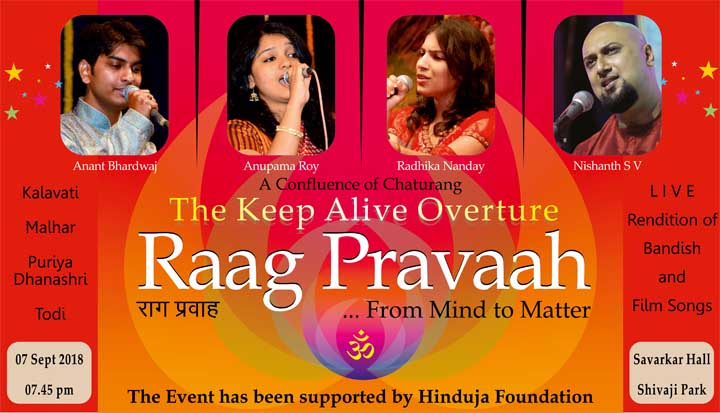

The odd one out is dhaivat – we make short shrift of it since a nyasa there is damaging to the raga dharma. The teevra madhyam is often elongated during the elaboration portion of the performance.

The existence of several nyasa sthanas – S, R, G, P, N – is indicative of its expansive melodic space. Some additional details of the flagship of the Kalyan raganga – Raga Yaman – bear scrutiny. Ramashreya Jha “Ramrang” at the author’s home in Goa (2000) Nevertheless the raganga viewpoint provides a powerful unifying framework attending the thought processes that have counseled the Indian musical mind through the ages. It is important to note that the historical development may not have followed this sequence and that a raga may predate its raganga. For instance, the chalan of Ragas Bhoop and Shuddha Kalyan may be inferred from the raganga. A sufficiently insightful musician should to be able to ‘see’ the resulting linkages. Raganga Kalyan is verily the mother lode of several ‘big’ ragas, its fecund terrain allowing for melodies to flow naturally from variations imposed on its kernel. This avarohatmaka phrase in the uttaranga completes the raganga abstract. This tonal strip furnishes a bridge to poorvanga and uttaranga tonal traffic. Let us digest this assertion with a brilliant demonstration of the varied modes of P–>R coupling by Pandit Ramashreya Jha “Ramrang.” It is this manner of subtlety and sophistication of the idea of swara that elevates Indian music to a level unmatched and unattained by any other civilization. Recall the dictum: uccharana bheda se raga bheda. The P–>R coupling is also observed in Ragas Gaud Sarang and Chhaya but in each of these instances it is kept distinct by their respective uccharana. Notice the characteristic langhan (skipped) shadaj in the arohi movement.Ī seminal tonal sentence the uccharana (intonation) of the P–>R coupling, mediated by a grace of the teevra madhyam and gandhar, represents a key raganga gesture. In this poorvanga cluster the mere hint of N’ R G R S at once suggests the onset of Kalyan. The raganga-vachaka swaras (the definitive tonal clusters) are: Raga Kalyan employs all of these seven swaras which makes it a sampoorna jati raga. It takes its basis the following swara set: S R G m P D N. The Kalyan that is among the ten recognized in the taxonomic scheme proposed by the great musician, vaggeyakara, shastrakara and scholar, Pandit Vishnu Narayan Bhatkhande. For instance, Raga Bhairav is the raganga raga of the Bhairav anga. It furnishes the building blocks for the raganga and hence best embodies it. The “ raganga raga” is, as should be apparent by now, the supplier parent. Alternatively, it may also be viewed as a summary, a generalization of melodic ‘observations,’ analogous to a generalized theory or a law in science, which may then be brought to bear in specific situations. The raganga is akin to a DNA blueprint containing the key ‘instructions’ for the melodic conduct & gestures of the entire class of ragas under its jurisdiction. It contributes seed material to the derivates ( prakars) of the parent raga.
Bairi piya raag full#
The raganga has a life of its own and is seen in full flower under the auspices of its parent raga. The parent is usually drawn from the pool of the big, basic ragas. What do we mean by the term raganga? The word is a sandhi of raga+ anga and signifies a collection of tonal phrases and the supporting uccharana that have been abstracted from a ‘parent’ raga.

Throughout this discussion, M = shuddha madhyam and m = teevra madhyam. In the Hindustani system, Kalyan can mean a that, raganga, or raga. Ramana for a considered Carnatic perspective. The reader is referred to the companion feature Kalyani by Dr. Raga Kalyan – we shall use the name interchangeably with Yaman – shares its scale with Kalyani, the 65th melakarta raga of Carnatic music.


 0 kommentar(er)
0 kommentar(er)
